The first building on the University of Nebraska Medical College campus was opened for business
In 1913, the first building on the University of Nebraska Medical College campus, which was designed to house…
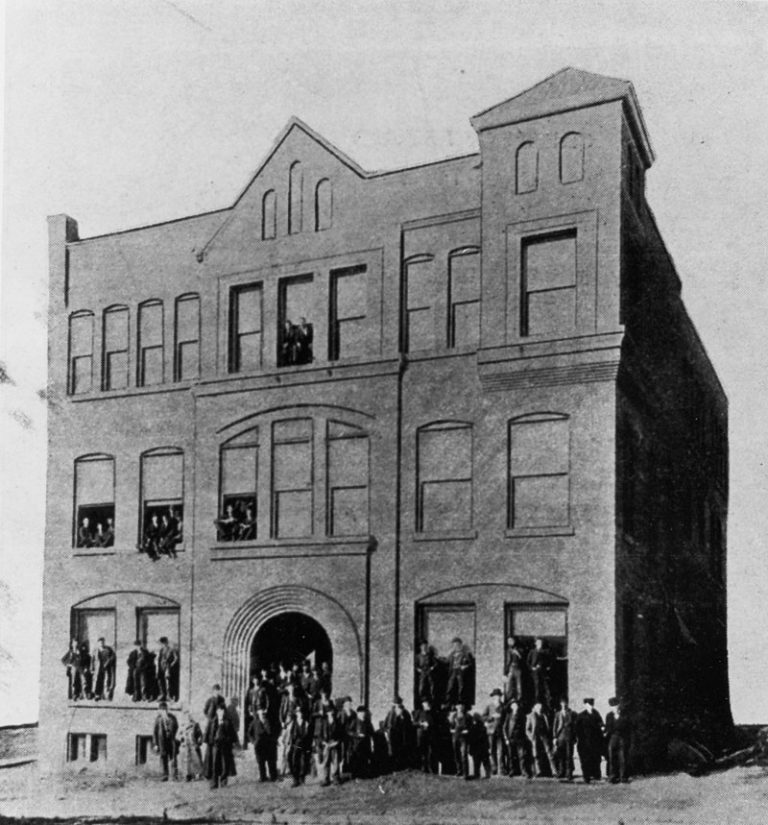
In 1913, the first building on the University of Nebraska Medical College campus, which was designed to house…
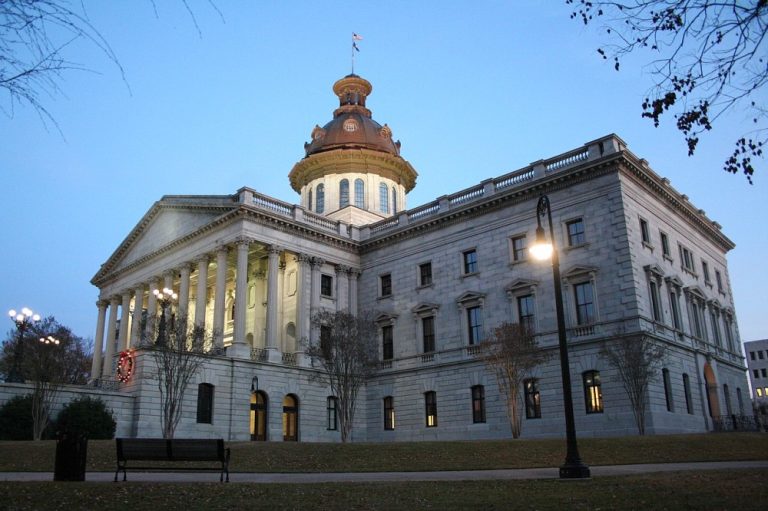
In 1913, the South Carolina General Assembly approved state ownership of the College, appropriating the grand sum of…
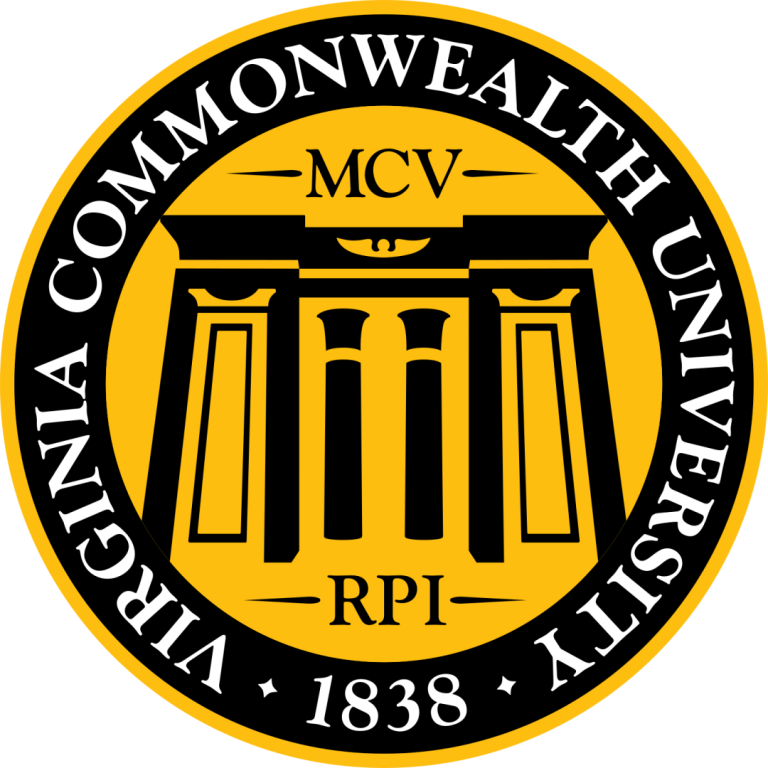
In 1913, the Medical College of Virginia became the first in the country to expand the medical school…
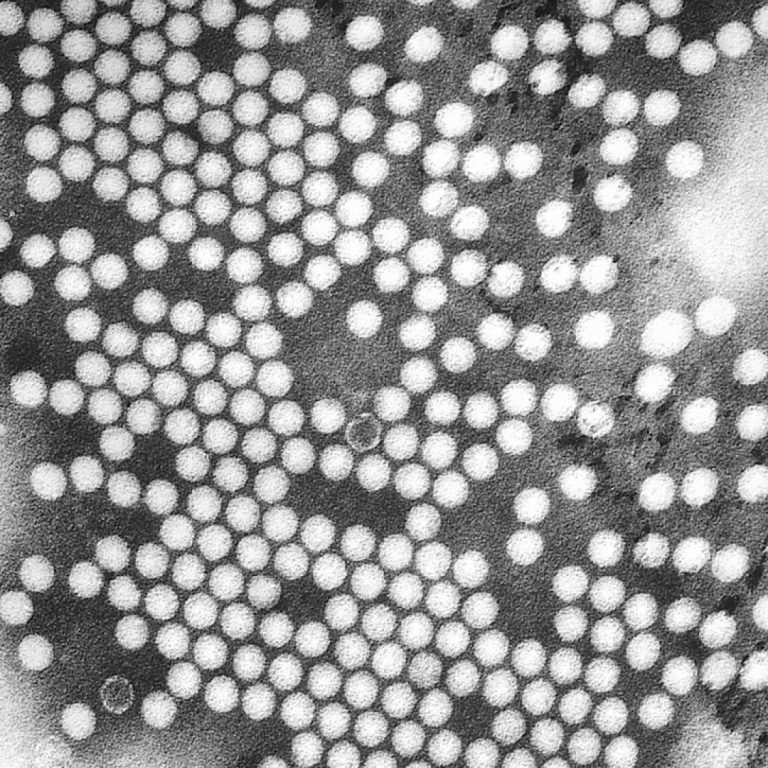
On Nov. 30, 1912, John F. Anderson and Wade H. Frost published “Transmission of Poliomyelitis by Means of…
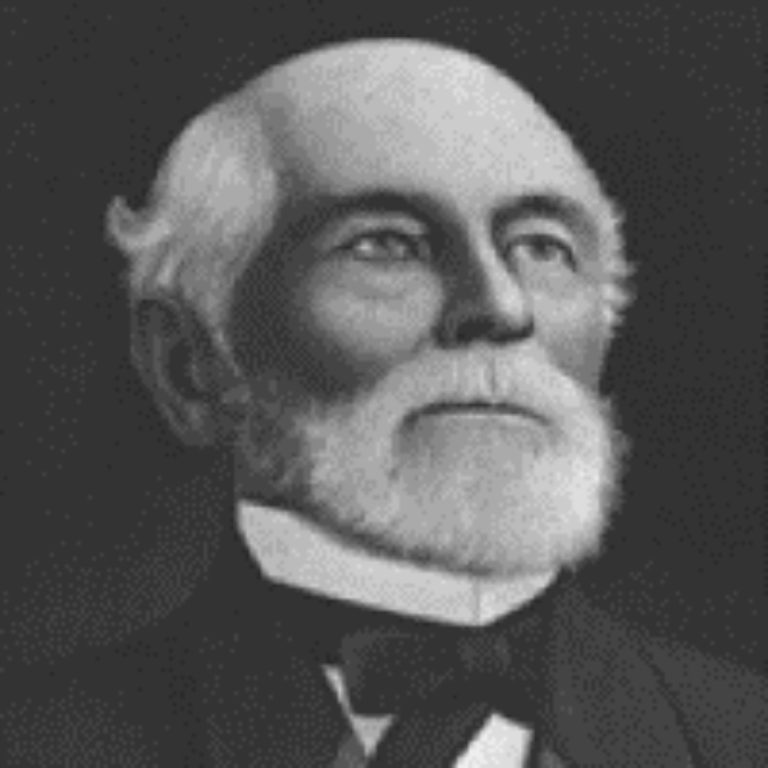
On Sept. 23, 1912, the William Marsh Rice Institute (Rice University) opened its doors on the anniversary date…
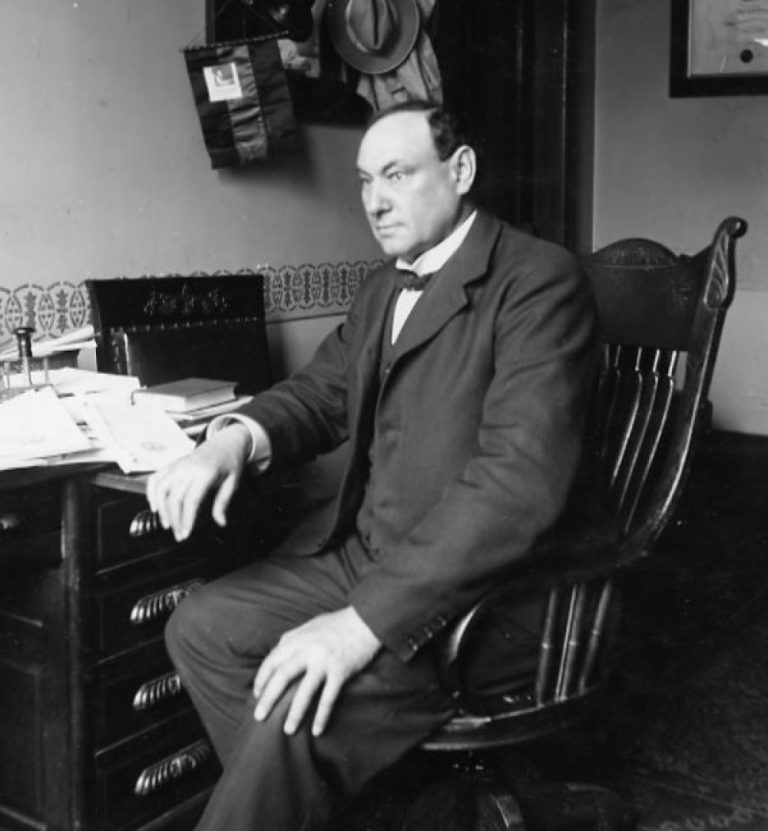
On Mar. 15, 1912, Dr. Harvey Wiley, “Father of the Pure Food and Drugs Act,” resigned as chief…
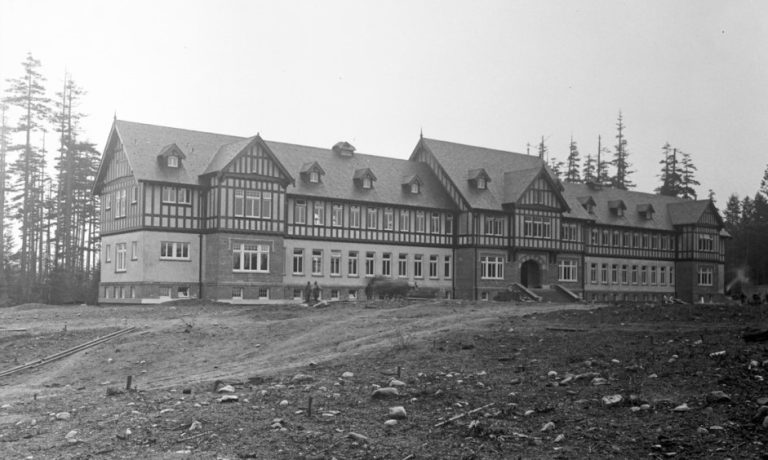
On Mar. 12, 1912, Seattle voters passed a $125,000 bond issue (82 percent in support) to construct a…
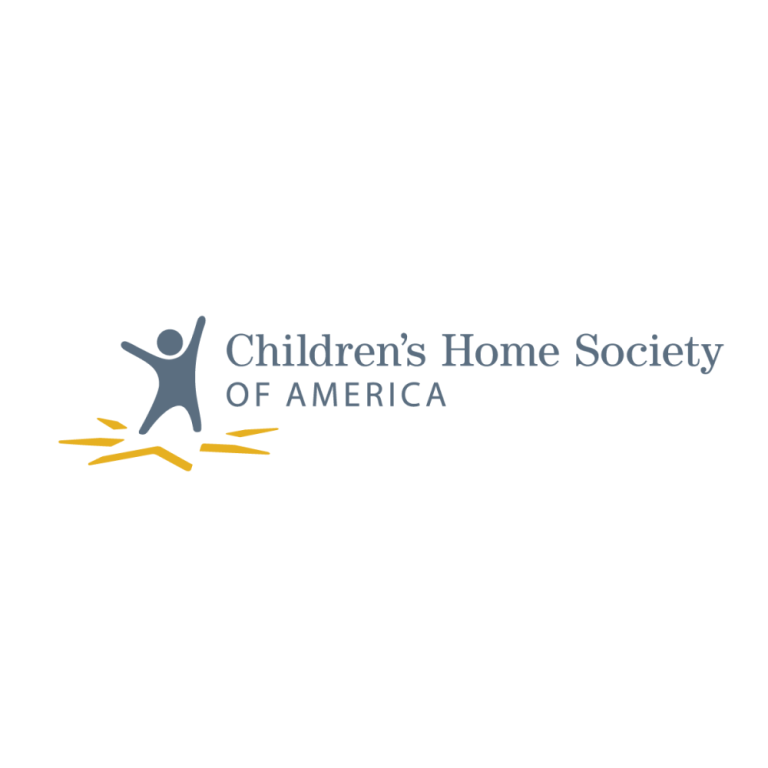
On Mar. 2, 1912, the Arkansas Children’s Home Society, an orphanage for the underprivileged children of Arkansas, was…

On Jan. 20, 1912, a group of 11 northern Illinois farmers, bankers and county officials laid the foundation…
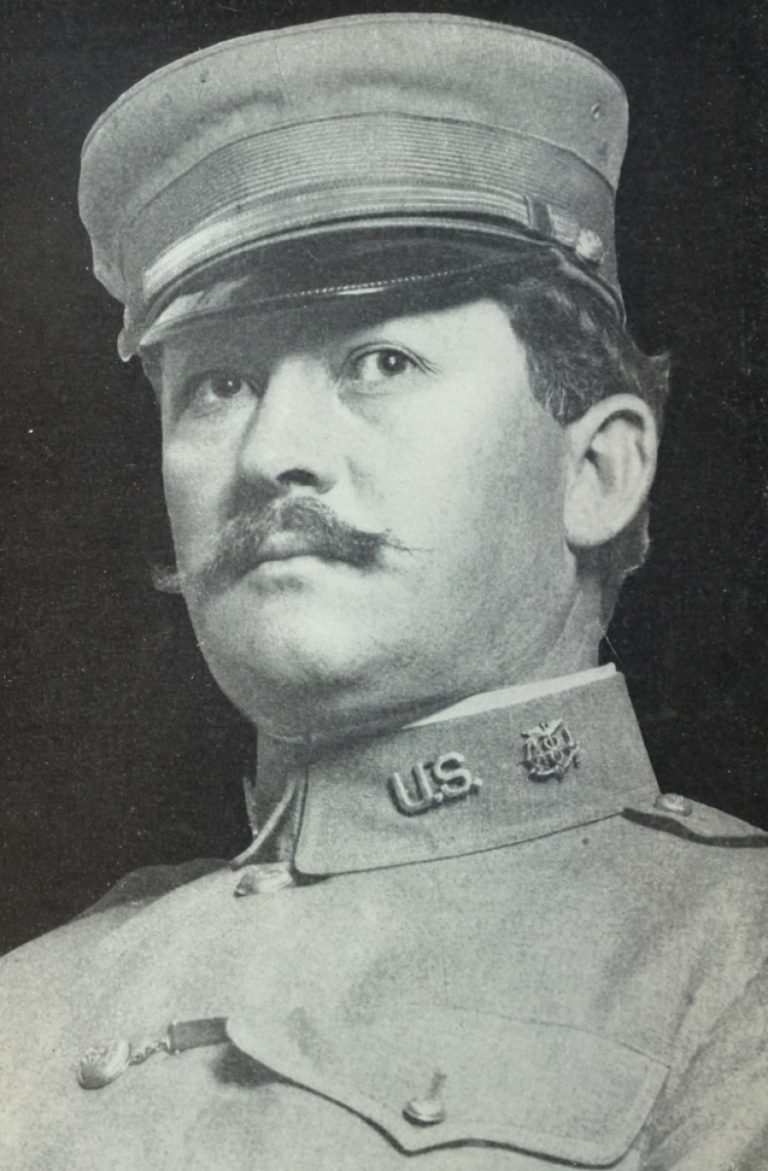
On Nov.13, 1912, President William Howard Taft nominated Rupert Blue as U.S. Surgeon General after the unexpected death…

In 1912, cancer cells were grown in the laboratory, the first long-term “tissue culture.”
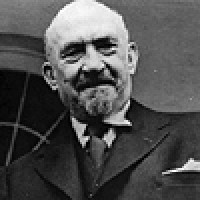
In 1912, American Chaim Weizman used microbes to make the chemicals butanol and acetone, in the first application…
In 1912, U.S. Congress enacted the Sherley Amendment in 1912 to overcome the 1910 ruling in U.S. v….
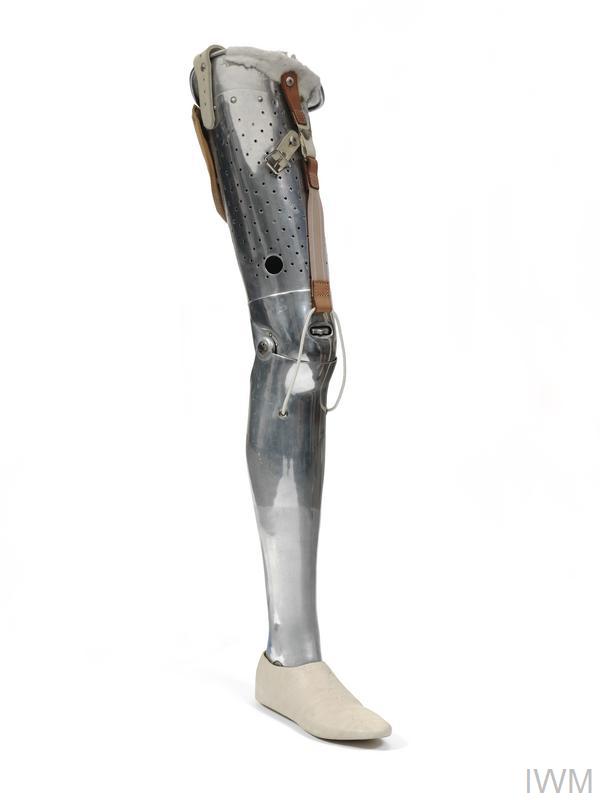
In 1912, the first aluminum prosthetic leg was introduced. English aviator Marcel Desoutter lost his leg in an…
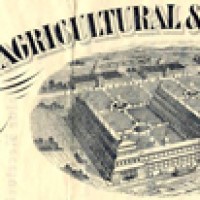
In 1912, McGuire Hall opened as the new home of the University College of Medicine.
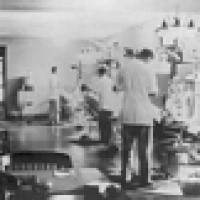
In 1912, the Marine Hospital Service became the Public Health Service and the names of the marine hospitals…
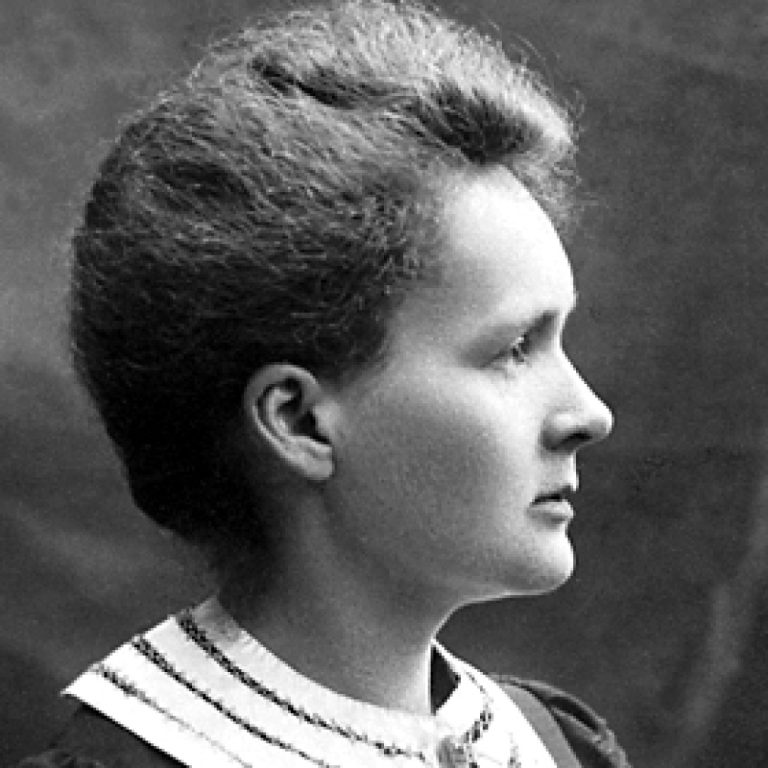
On Nov. 7, 1911, Marie Curie’s birthday (born 1867), she was awarded the Nobel Prize in Chemistry “in…
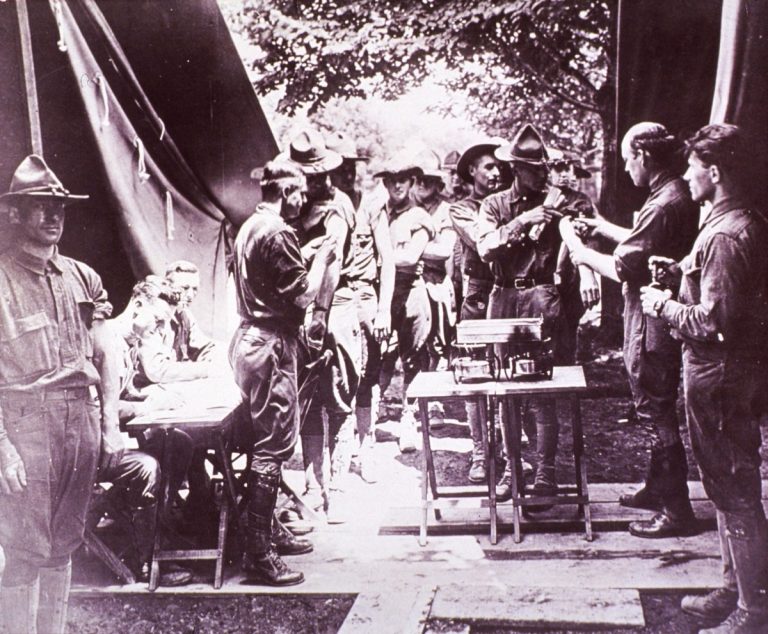
On Sept. 30, 1911, typhoid immunization became required of all U.S. service members. The U.S. Army became the…
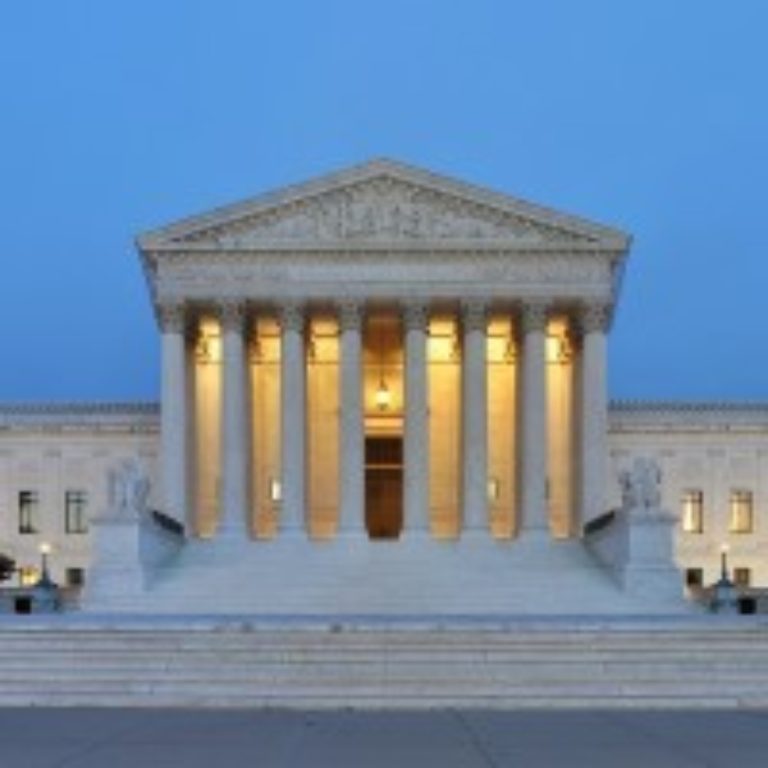
On May 29, 1911, in U.S. v. Johnson, the Supreme Court ruled that the 1906 Pure Food and…

On May 2, 1911, the Firland Sanatorium constructed by the Anti-Tuberculosis League of King County at 19303 Fremont…

On Apr. 13, 1911, U.S. v. Johnson, the Supreme Court ruled against the government, finding that the product’s…

In 1911, Polish biochemist Casimir Funk coined the term “vital amines” or “vitamines”. After reading an article by…
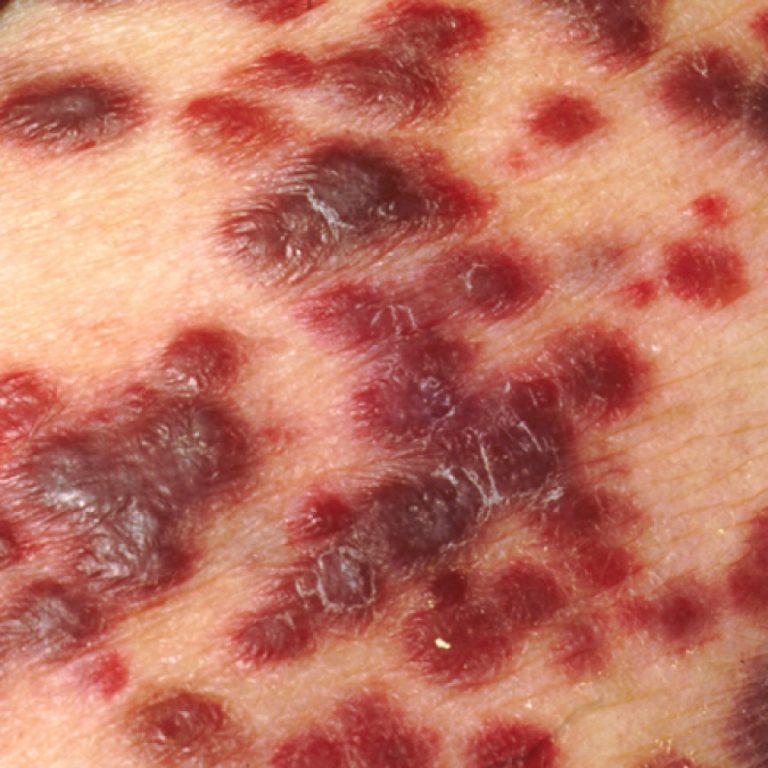
In 1911, Pathologist Peyton Rous reported a virus that causes cancer in chickens (Rous sarcoma virus) that opened…

In 1911, John F. Anderson and Joseph Goldberger first transmitted measles (rubeola) to monkeys by contact Their study…

In 1911, Drs. George W. McCoy, Charles W. Chapin, William B. Wherry, and B. H. Lamb elucidated a…
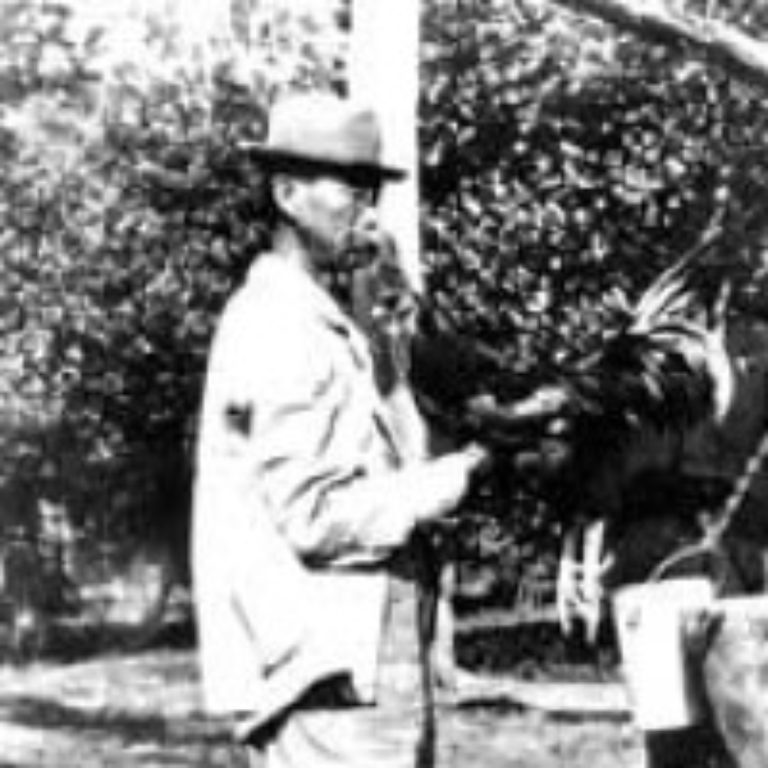
In 1911, Lue Gim Gong, aka the ‘Citrus Wizard of Florida’, successfully produced a new orange hybrid, known…
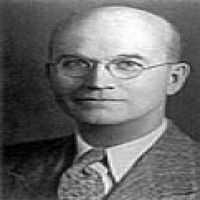
In 1911, the Billings Clinic evolved from the general practice of Dr. Arthur J. Movius who founded his…
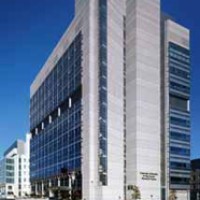
In 1911, the Institute for Cancer Research, now know as the Herbert Irving Comprehensive Cancer Center, was founded….
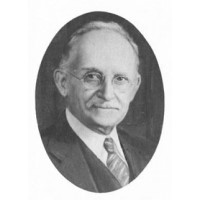
In 1911, William Krauss, Ph.G., M.D. of the University of Tennessee College of Medicine published the first paper…
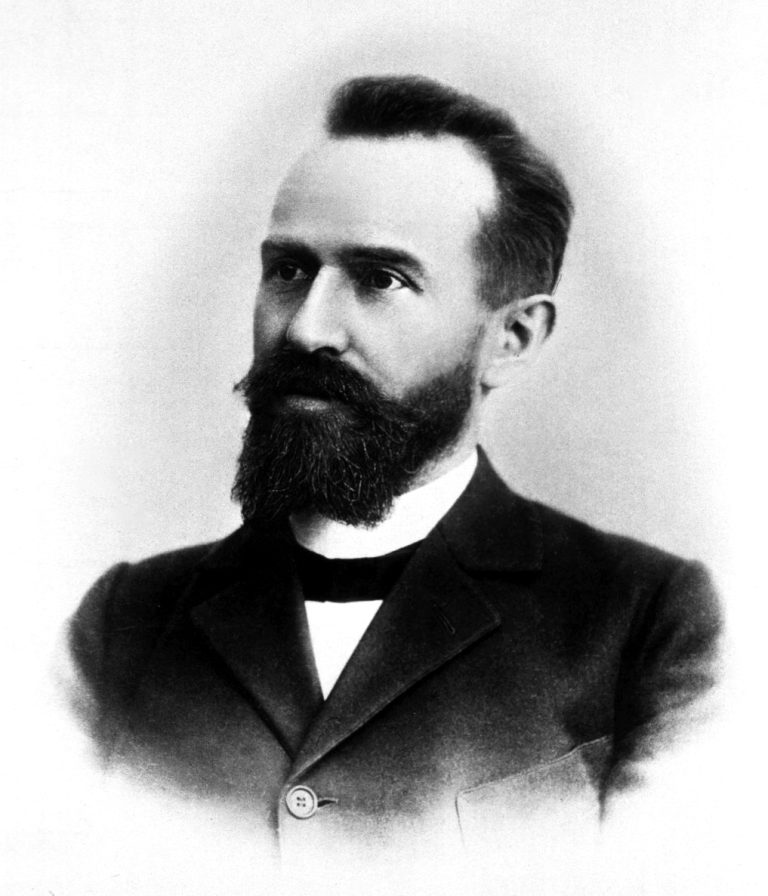
In 1911, Swiss psychiatrist Eugen Bleuler coined the term ‘autism,’ borrowing from the Eugen Bleuler Greek word ‘autos’…